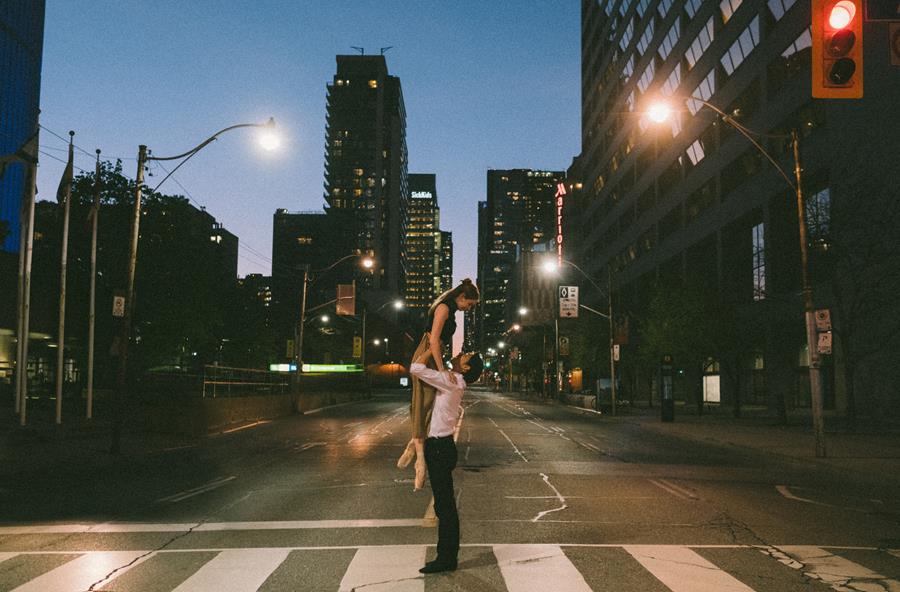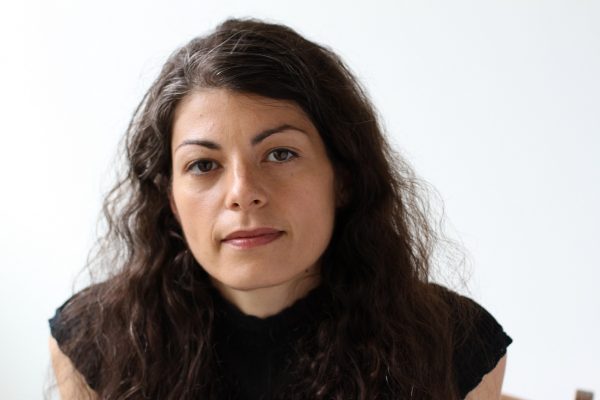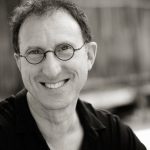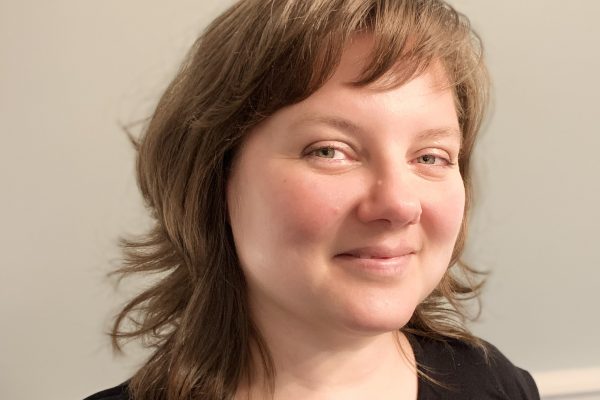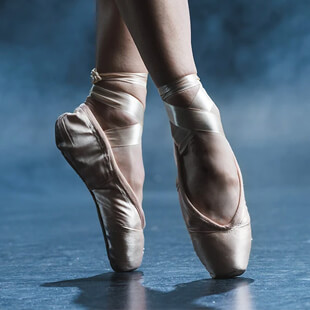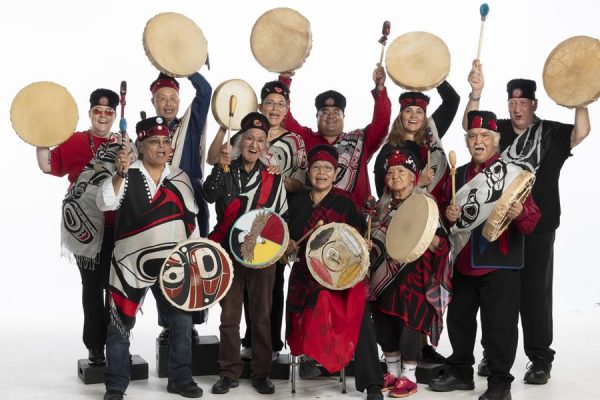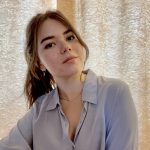This article was originally published in the Winter 2021 edition of the Current Society newsletter.
Anne Dion: How did the dancers react when you first proposed doing these shoots?
Karolina Kuras: Initially, I messaged one dancer, and the idea was just for me to kind of drive by and shoot from the sidewalk while they stood on their porch a very hefty distance away. And to be wearing a mask and everything because it was such early days and we didn’t know what to expect and we were just coming out of lockdown. For most of the dancers, I was the first person outside of their household — other than, like, [at the] grocery store — that they saw.
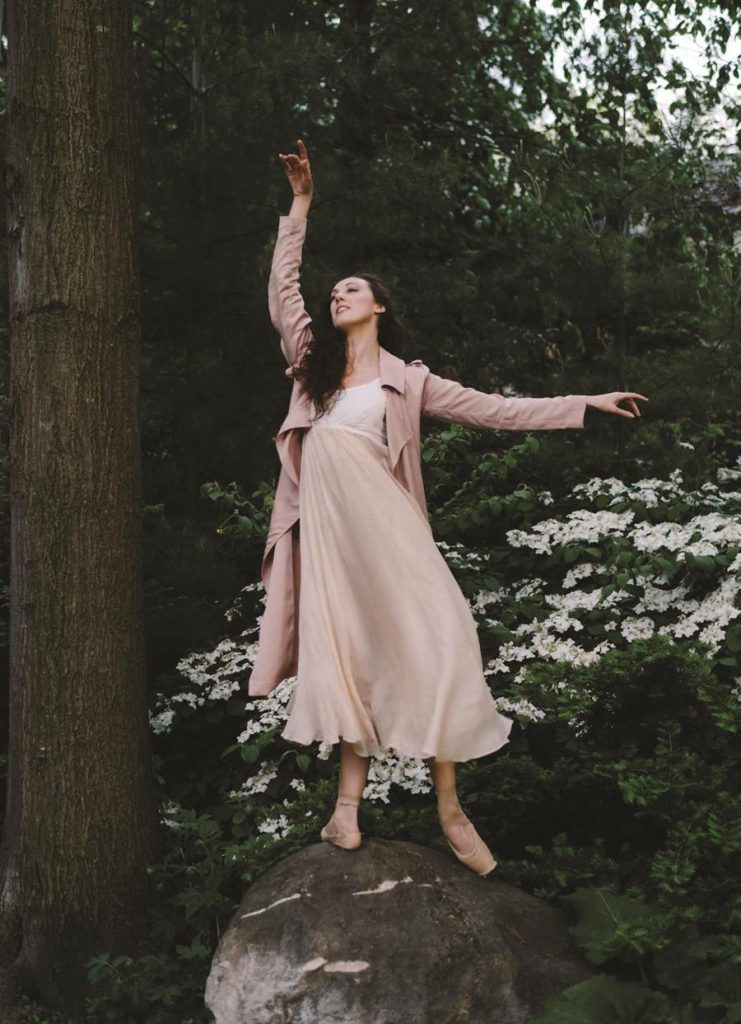
So the response was really good because we were all just sitting at home; the dancers are all doing barre in their kitchens. And to just be able to do something creative and feel a little bit of a sense of what we do in our normal lives and that identity that’s tied to our careers — for me, photography; for them, dance. Everyone was super excited to do something — or anything — that broke up the days and felt like ‘This is who we are,’ in a way.
It was a conversation we kept having: what is our identity outside of our work? Because dancers are so committed to their work and they identify as ‘a dancer’ so much. So the response was great, and it was a really wonderful experience.
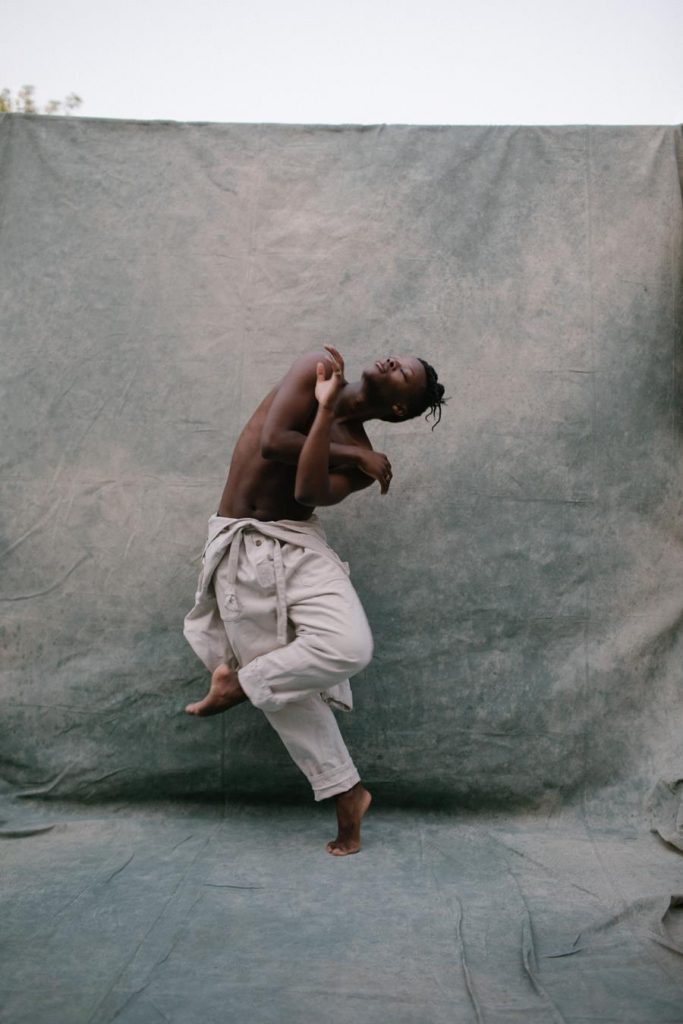
AD: Yeah, I can imagine you feeling a bit starved in those first few weeks of lockdown.
KK: Yeah, that’s a great word.
AD: Did you have a favourite shooting location?
KK: I feel like Polson Pier — the one that overlooks the city — was really incredible, really beautiful. And it was just interesting to shoot places that I never would’ve considered as well, like someone’s porch or a construction site at the bottom of someone’s condo tower. It’s not exactly my aesthetic, but it ended up being very interesting. And there were some fun challenges there.
AD: What would you say was the hardest part of doing it that way?
KK: Getting used to the masks and having so little information at the time. Just that fear of putting anyone in danger or putting yourself in danger, so we kept such a hefty distance. … The logistics felt a bit overwhelming in those early days.
AD: How was the dynamic different between you and the dancers in this setting versus in a studio?
KK: I think in the context of what we were all going through, it was just so joyful. Everybody was so happy to be there, myself included. There were some tears. Just to be able to practise our arts together, it was really wonderful and everyone was so open and free. People that I know aren’t normally as comfortable in front of a camera were just, like, running through the streets, leaping. It was just a really incredible experience, and we just really appreciated having that exchange in that moment. It just meant so much at that time.
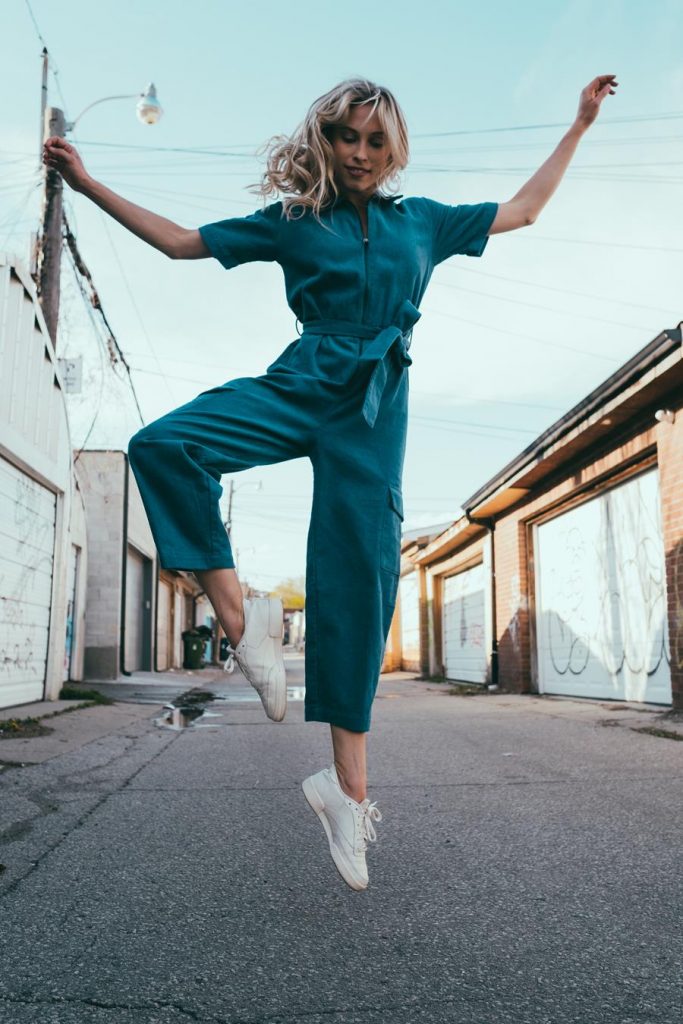
AD: Artistically, what are your take-aways from those shoots? Is there anything you learned that you might want to take with you?
KK: That I can shoot in a very short amount of time. The shoots were also very, very short to keep time together down. So that was interesting for me because usually they’re a little bit longer than, like, 15 minutes to an hour.
I think the biggest take-away for me was definitely just the appreciation for being able to do what I do and not ever wanting to take it for granted that I get to do this as a career. And how important it actually is when I’m tired and burnt-out at the end of a long day, or shooting a show and I’m editing at two in the morning going ‘Gahh!’
AD: You mentioned in the Winter 2021 issue that the shoots were quite emotional, and you’ve touched on that a bit here. Can you expand on that at all?
KK: It’s hard to think back to now because things seem normalized, but it was just that feeling of ‘When do we get to do this again? Will we get to do this again?’ Especially for dancers, their job involves being so close together. So the uncertainty around that and just having one thing after another that we were all looking forward to get cancelled, and then a whole year cancelled. … It was the enormity of the situation, everything in the news and that horrible loss that everybody’s sitting with. As much as our days were mundane, there’s this heavy weight of the situation and sadness. … Thinking back is weird — what a year…
There was freedom outside of their kitchen and living room barres. To have space for the dancers was amazing too. I was feeding off of that energy. We were in Nathan Phillips Square (I photographed a couple of dancers there) and it was empty — there was no one there. It was early evening, and to have all of that space with no people, they were just … literally running! [laughs]
AD: When else would you be able to have Nathan Phillips Square all to yourself for a photo shoot?
KK: Or shooting down Bay Street when there are no cars. It’s very different than this [January 2021] lockdown, I think people are kind of used to the situation and not as afraid. More people are still out. But in those early days, the streets were just empty and were kind of haunting.
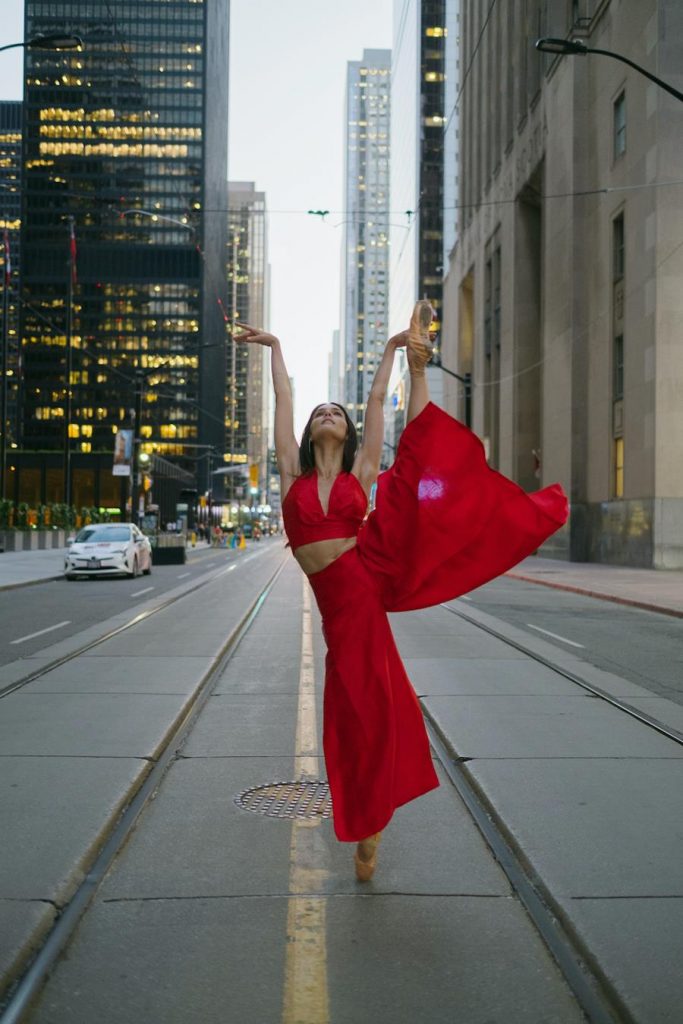
AD: Have you ever been part of a similarly emotional photo shoot before this?
KK: Yes, but not on this scale because there were quite a few in a row and all of us were going through the same thing. But definitely dancers coming back from injuries seem to have the same kind of appreciation for what they do, to be able to do it again. So similar feelings, but nothing close to this scale.
AD: Are there any particular stories that stand out to you from among the shoots?
KK: With Tanya Howard, I was shooting through her screen patio door, which was really interesting and not something I would’ve done [normally]. But it was a nice safety barrier, so I could be a little bit closer. It was a lot more intimate to be able to shoot at people’s homes.
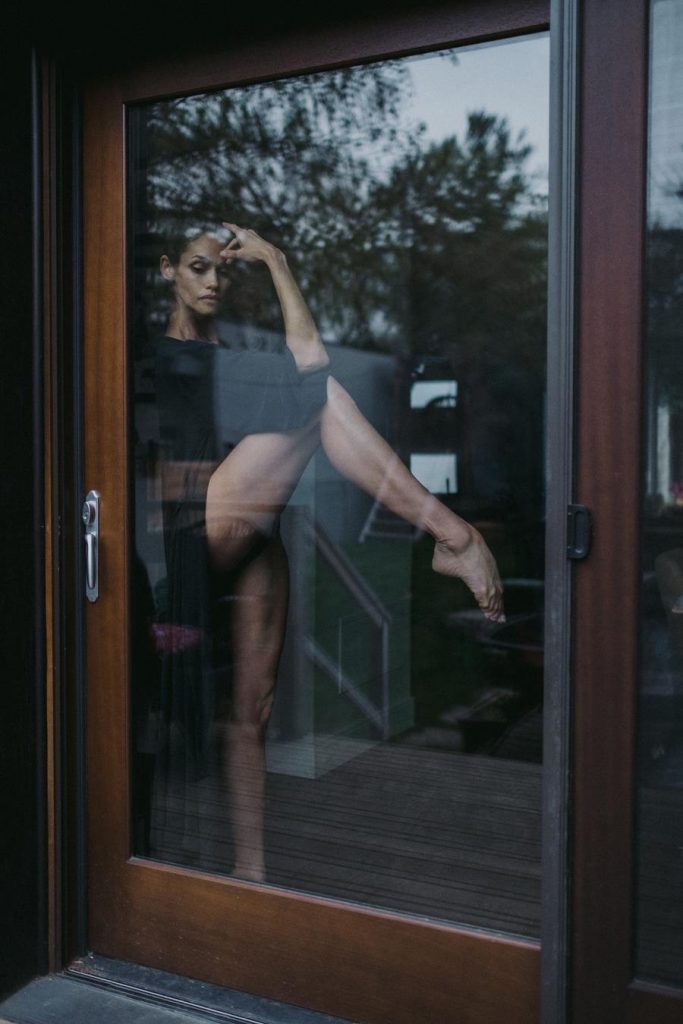
AD: I love those Tanya Howard photos, and the reflection of the glass adds a lot, I think.
KK: Yeah, she’s such a stunning dancer, and I think the emotion of that moment really came through.
AD: Yes — very representative, very metaphoric.
KK: That one was definitely some goosebumps and some tears.
AD: So, I really want to know, what would your dream photo shoot be?
KK: Oh, so many. I definitely have a bucket list of dancers that I want to work with. And I would love, love, love to shoot on the roof of the Paris Opera Ballet. I know it’s kind of forbidden to go up there now, but that’s definitely life goals.
AD: How do you hope the year ahead of us plays out?
KK: Ah, I’m trying to have really, really low expectations. After last year, any little gain that we get, and any little moment moving forward through all of this, is definitely a bonus. It still feels like it’s going to be a long slug.
This conversation has been edited for clarity.
Tagged:
